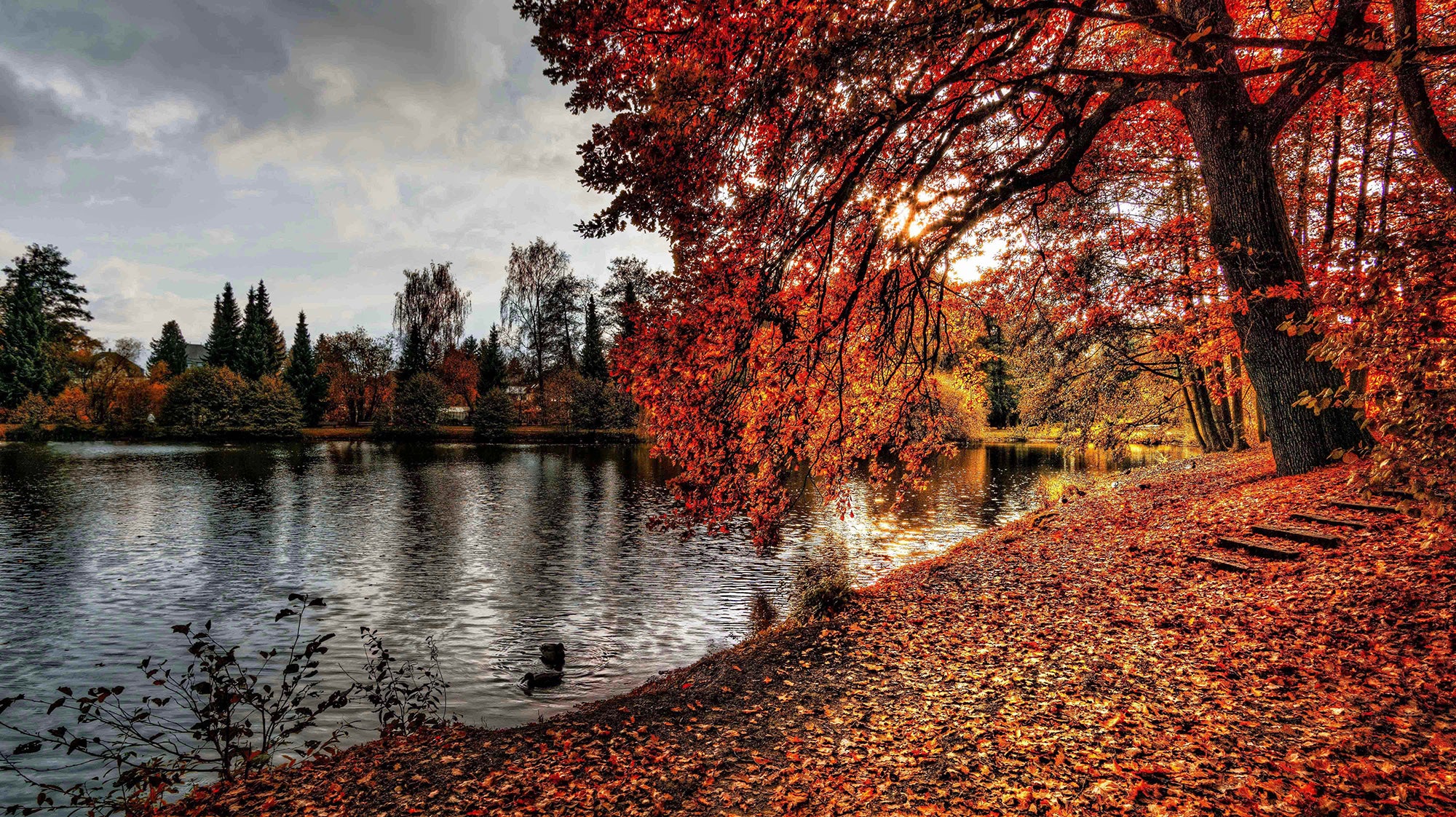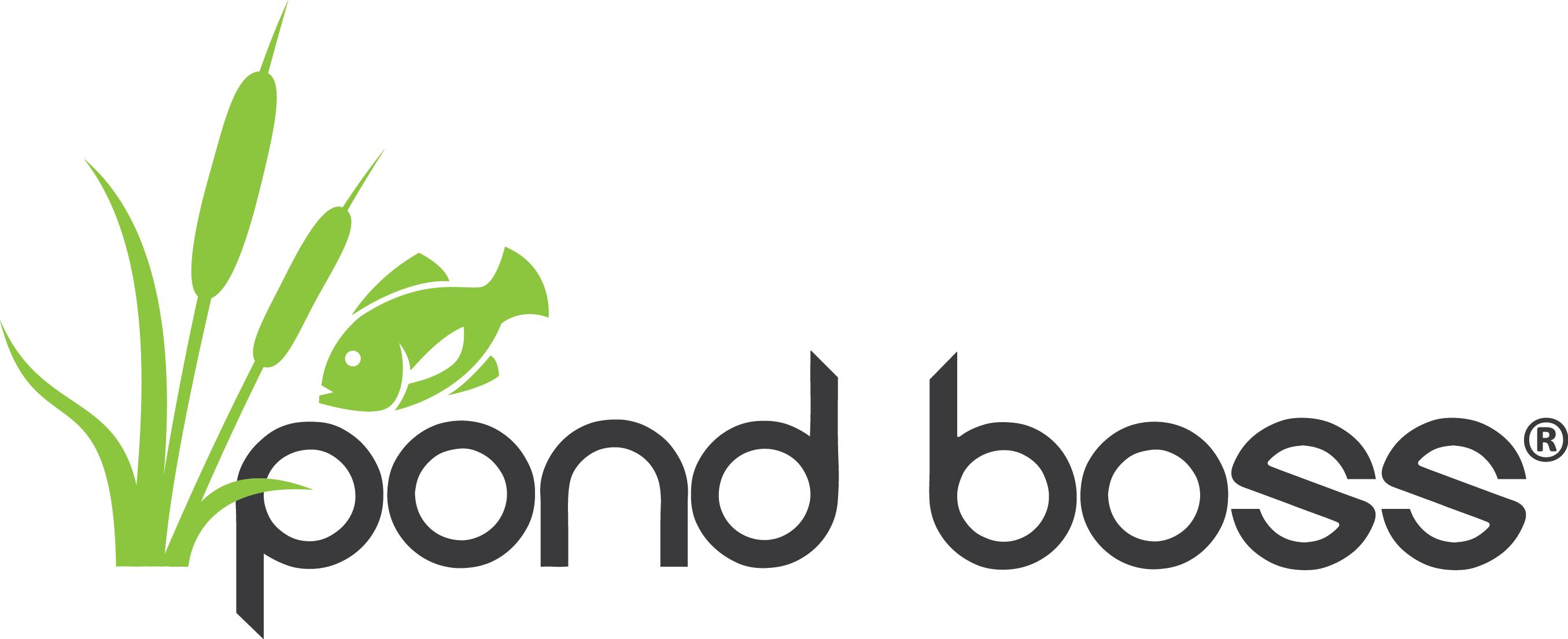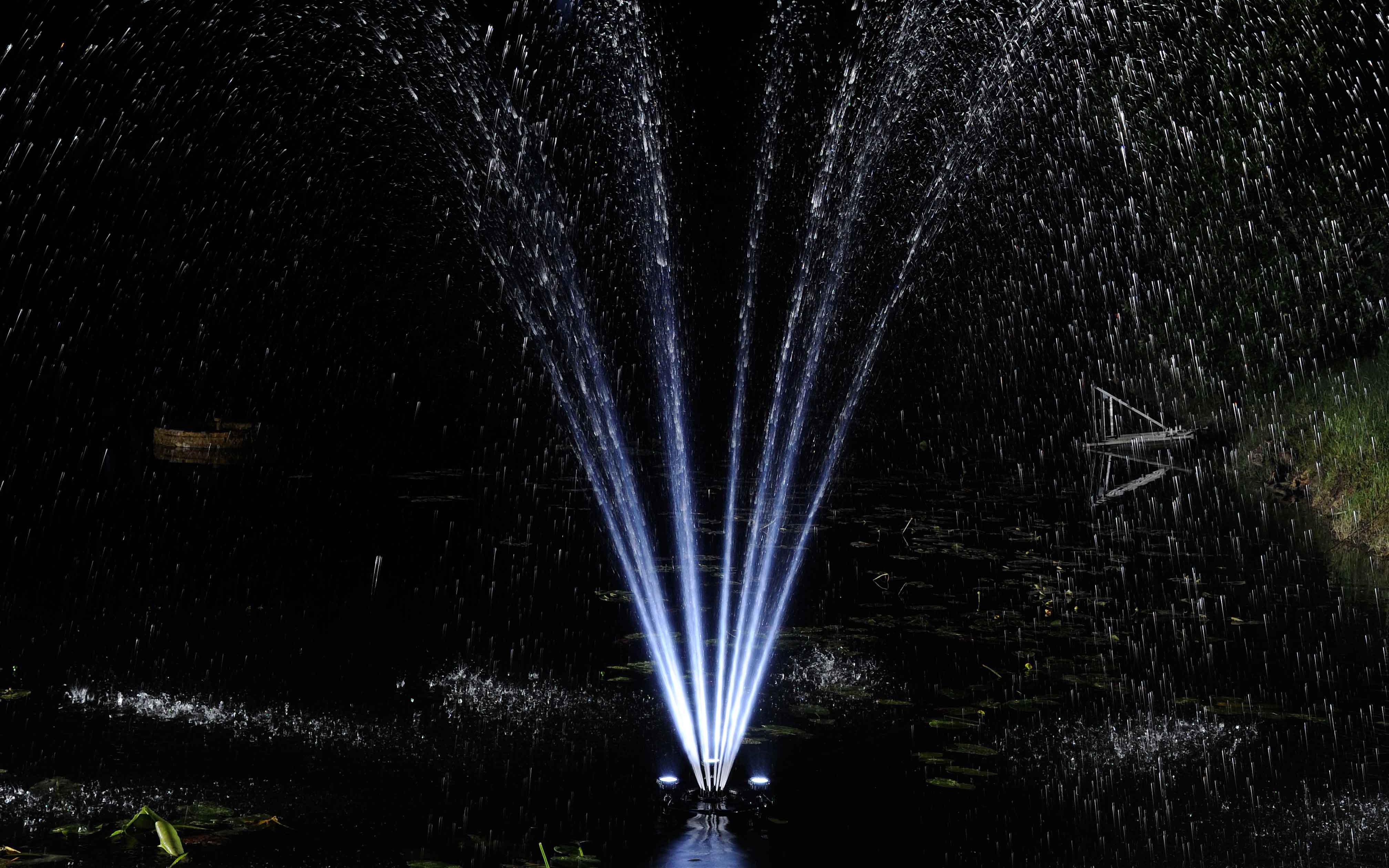
Fall Lake Maintenance
Fall is a beautiful time of year to enjoy the outdoors and cooler temperatures. Spending time out on or around the lake can be a high priority for gatherings of family and friends. Plus, the colorful reflections on the water can’t be beat, and spending time outside before winter frigid winter temperatures is a must. Lake management this time of year can be fairly simple as long as you follow a few simple steps.
Leaf Removal
Even though fall leaves are a beautiful addition to the season, fallen leaves in the lake are much less desirable. Leaves that have fallen into the lake will begin to decay and increase nutrient loads which can cause algae blooms and high nutrient levels can be harmful to fish and plants. Leaves can make their way into a lake by overhanging trees, leaf blowers, and runoff. The best ways to keep leaves out of your lake are collecting leaves to create a natural mulch by mowing over them or adding to a local compost site. Remember Oak leaves should be thrown out instead of used for mulch or compost due to their high acidity levels.
Aeration
During this season, there will still be a few leaves that will still make their way into the lake. One of the two main factors in combating high nutrient loads is aeration. Aeration is helpful to the harmful effects of high nutrient loads because it will help to replenish dissolved oxygen levels that decaying leaves remove from the lake’s water levels. Floating fountains help with aeration but need to be maintained in fall by making sure leaves don’t gather around the intake of the pump. Sub surface aeration continues to operate to normally in fall as leaves will not be able to obstruct the output of the diffusers. Sub surface aeration will also be most helpful in helping with nutrient loads of leaves that have sunk to the bottom of the lake and for mixing water treatments at deeper water levels.
Water Treatments
The second of the two main factors in combating high nutrient loads is the use of water treatments. The most beneficial water treatment to use is The Block™. The Block is a blend of live bacteria and enzymes and can be used as part of a monthly maintenance routine to improve water quality and reduce high nutrient loads. The Block can sink to the base of the lake in the sludge like layer that decaying leaves create and release the beneficial material right where you need it.
Remember these three simple tips to make fall lake management simple. Avoid decaying leaves in your lake, add aeration, and utilize beneficial bacteria. Now that you are prepared for your fall lake maintenance program, get back to all the things you enjoy from the season like football season and bonfires.


